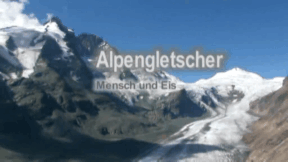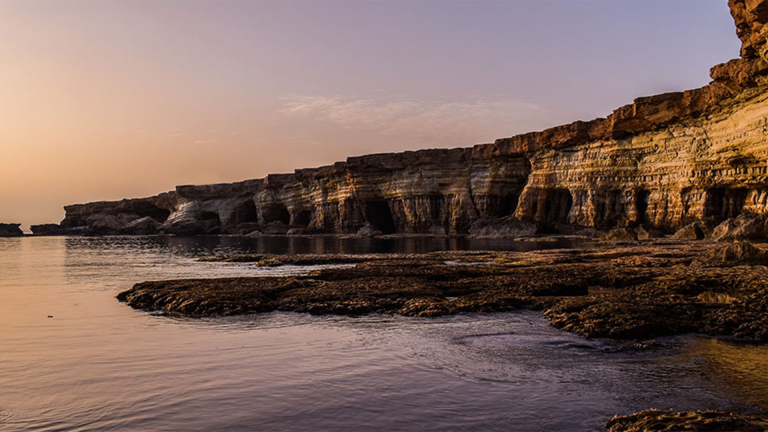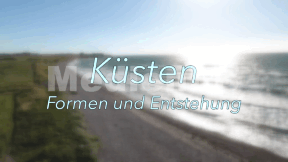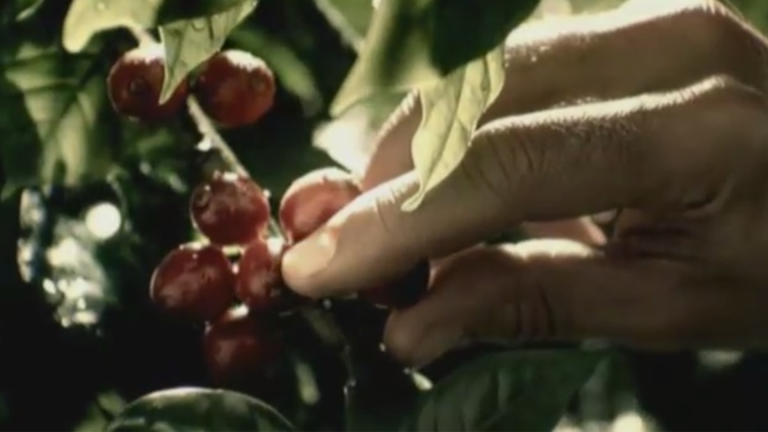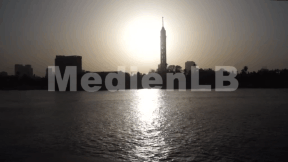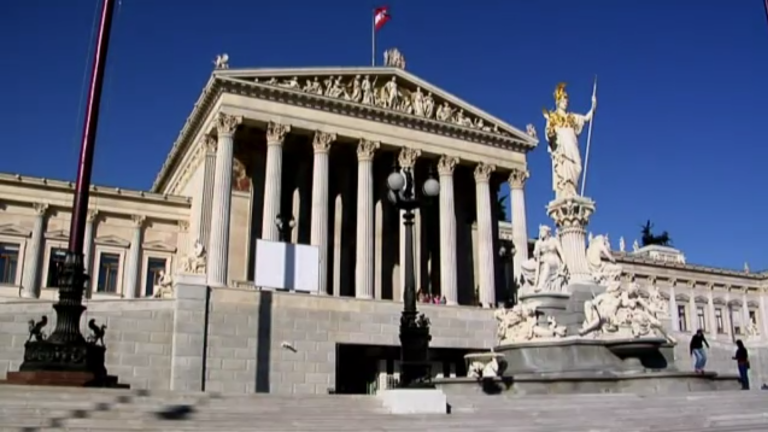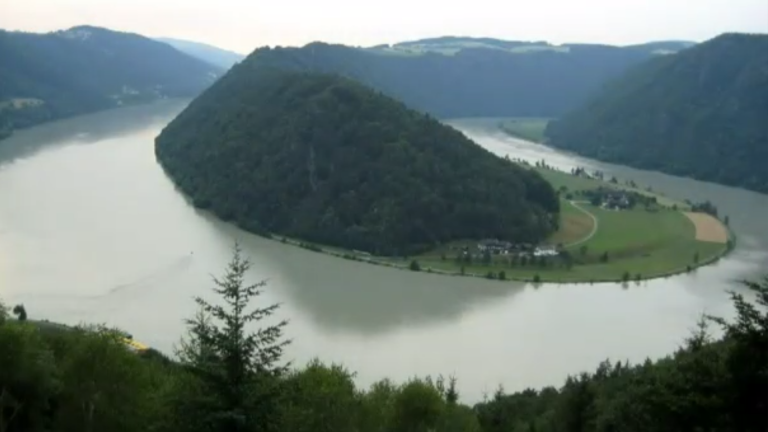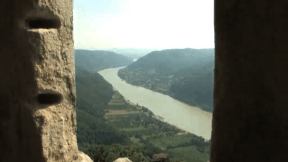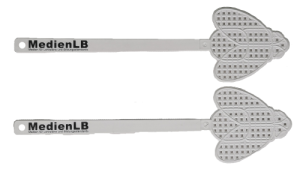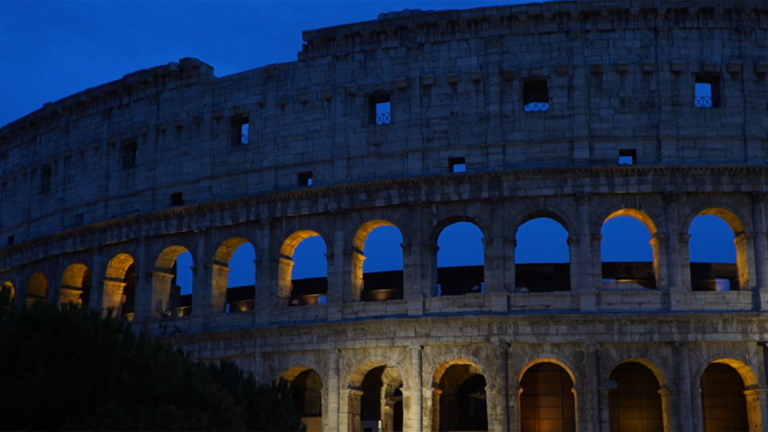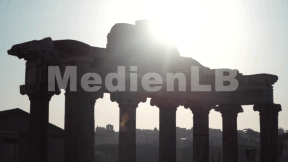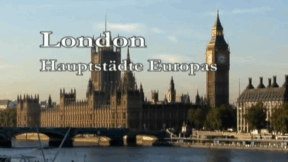Suche:
- # Artistry
- # Biology
- # Chemistry
- # Ecological
- # Economy
- # English
- # Foreign Language
- # Geography
- # German
- # Health
- # History
- # Informatik
- # Latin
- # Mathematics
- # Media Education
- # Music
- # Physics
- # Politics / Civics
- # Preschool
- # Primary School
- # Religion
- # Society
- # Sports
- # Technology
- # Training of Teachers
- # Vocational Education
Alpine Glaciers
Melting alpine glaciers are the most conspicuous indication of global warming, and in the wake of the climate discussion, the public has become increasingly aware of their fate. Besides the structure and function of the glaciers, the film describes their role in the ecosystem and for the economically active human. In this respect, primarily the role of the glaciers for the water balance of the Alps and neighbouring regions and above all, their effects on summer and skiing tourism as well as the energy generation from water power are of major importance. The dwindling of the glaciers is illustrated with the help of historical comparisons. The Pasterze in Austria – the largest glacier of the eastern Alps – and the Bavarian Zugspitze are given as detailed examples. The film addresses younger pupils in the context of the topic of the Alps as well as older secondary school students in the context of climate issues.
Learn moreCoasts
The border area of the ecosystems of land and sea, which influence each other, is referred to as coast.
Learn moreCapitals of Central Europe II
This DVD presents the capitals of eastern Central Europe, Bratislava, Budapest, Prague and Warsaw. By way of intro- duction, the pupils learn about the natural and climatic bound- aries of the Central European region and which countries it encompasses. Based on this, the film first focuses on the topographic situation of the respective capital of the countries of Slovakia, Hungary, the Czech Republic and Poland and the development of the cities is briefly outlined. Imposing buildings, historical monuments, architectural characteristics, magnificent operas and theatres, but also multi-cultural life in the streets and living traditions are witnesses to the rich cul- ture and artistic atmosphere of these capitals in the heart of Europe. Impressive pictures capture the uniqueness of each one of the capitals and illustrate their characters. Here, the respective geographic location of the capitals is linked to the history of their foundation. The pupils can follow the respective city development, learn about important sights, may compare the economic power and the infrastructures of the cities and will, step by step, obtain a complete picture of the diversity of the unified Europe.
Learn moreCoffee
Coffee has become the second most important commodity on the world market after crude oil, and it enjoys tremendous popularity around the globe. Allegedly, it happened by chance that the stimulating effect of the cherry-like fruit was discovered in the Ethiopian province of Kaffa. The deep brown, aromatic drink embarked on a global journey of success. From the middle of the 17th century, it also became widespread in Europe, even though it was a treat that was initially reserved for the prosperous. Today, however, it is a part of everyday life for many people. The DVD starts with the history of the spreading of coffee cultivation and continues to describe in detail the biological characteristics of the coffee shrub. Another chapter outlines the conditions for growth and introduces the most important coffee-producing regions. The long, laborious journey from the harvest of the ripe coffee cherry to the prepared cup is illustrated. The economically weakest link in this chain are the coffee farmers. There are several organisations acting on a worldwide scale that try to realise adequate prices for the coffee farmers and promote incentives for development by means of fair trade.s is described.
Learn moreThe River as a Lifeline
From source to mouth our rivers are constantly on the move. They count among the most dynamic biospheres on Earth and are vital connections for numerous plants and animals between otherwise separate habitats. For thousands of years, humans all over the world have tended to settle along rivers. Due to their advantageous situation at a river, many large cities developed, for instance Cairo, the largest metropolis in Africa.
Learn moreEarthquakes
For millennia, people have been afraid of earthquakes. A force of nature that regularly devastates whole regions and claims thousands of lives. One reason for the fear of earthquakes may be that so far people have not succeeded in predicting these natural phenomena. Therefore, earthquakes still hit people unprepared in most regions of the world.
Learn moreCapitals of Central Europe I
This DVD presents the German-speaking capitals of Central Europe, Berlin, Bern, Vaduz and Vienna. By way of introduction, the pupils learn about the natural and climatic boundaries of the Central European region and which countries it encompasses. Based on this, the film first focuses on the topographic situation of the respective capital of the countries of Germany, Switzerland, Austria and Liechtenstein, and the history of the cities’ foundation is briefly outlined. To illustrate their function as capitals, the government buildings in Berlin, Bern, Vaduz and Vienna are described but the DVD also goes into the respective infrastructural and economic particularities. Impressive pictures and the accompanying material give a lasting account of the growth of the metropolis of Vienna thanks to its favourable geographic situation at the Danube trade route and the Habsburg dynasty. The traces of Berlin’s division into West Berlin and East Berlin are documented, Bern is shown in its special role as federal capital of Switzerland and capital of the canton of Bern, and Vaduz is introduced as small capital of international repute as a financial centre.
Learn moreThe Danube
With a length of over 2,800 kilometres, the Danube is the second-largest river in Europe. The river, which is to become so mighty, starts out as a narrow brook with the confluence of both its headwater streams Breg and Brigach in Donaueschingen. Before reaching its river delta into the Black Sea, the Danube crosses ten riparian states. On its long way, past important towns and cities, across mountains, wild ravines and broad valleys, lined with forests, fields and vineyards, the Danube connects a plethora of different cultural, economic and living environments.
Learn moreRome
On the Tiber, in the centre of Italy, there lies the Italian capital of Rome. The “Eternal City” as it was called by the poet Tibullus more than 2,000 years ago, is located on a plain between the foothills of the Apennine and the Tyrrhenian Sea.
Learn moreLower Saxony
Between the North Sea and the Harz, Ems and Elbe, stretches one of Germany’s federal states in which, according to legend, once the Pied Piper of Hamelin, Till Eulenspiegel and the lying Baron Munchhausen did their mischief.
Learn moreLondon
This DVD offers a clearly structured overview of the bustling city on the Thames. The students are to realise that the geographical situation of London in the centre of the island state is decisive both for its climate and its special historical and political significance within Europe. Today London has become one of the most expensive cities of the world and plays a major role in international banking. The DVD presents the metropolis in all its facets. Impressi- ve pictures illustrate the cultural highlights of the city on the Thames, views of the colourful street life allow the students to participate in London’s everyday life. The city’s historical monuments, multicultural Soho, Hyde Park or the tube – this DVD invites us on an exciting tour through the lively metropolis. The DVD is divided into six didactic units which can be individually accessed and worked on via the DVD menu. Furthermore, the menu offers additional pictures and text material.
Learn more




